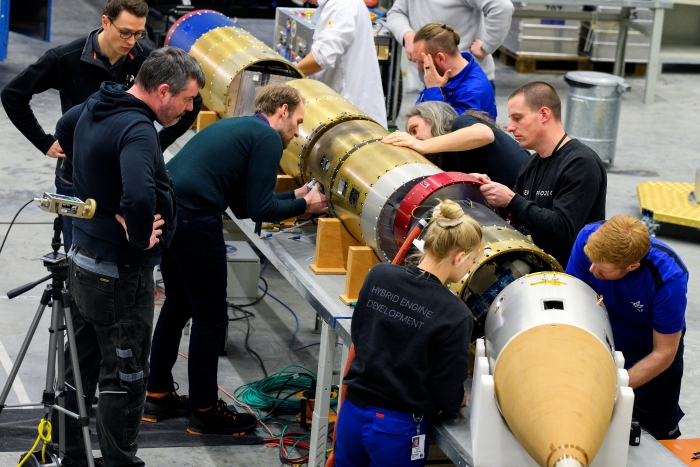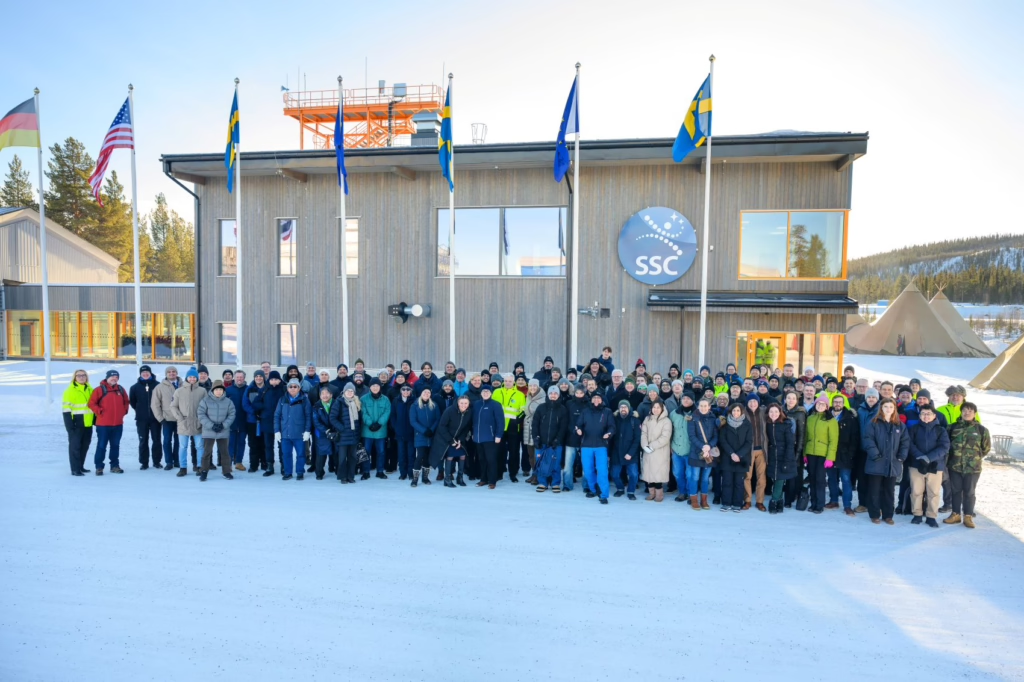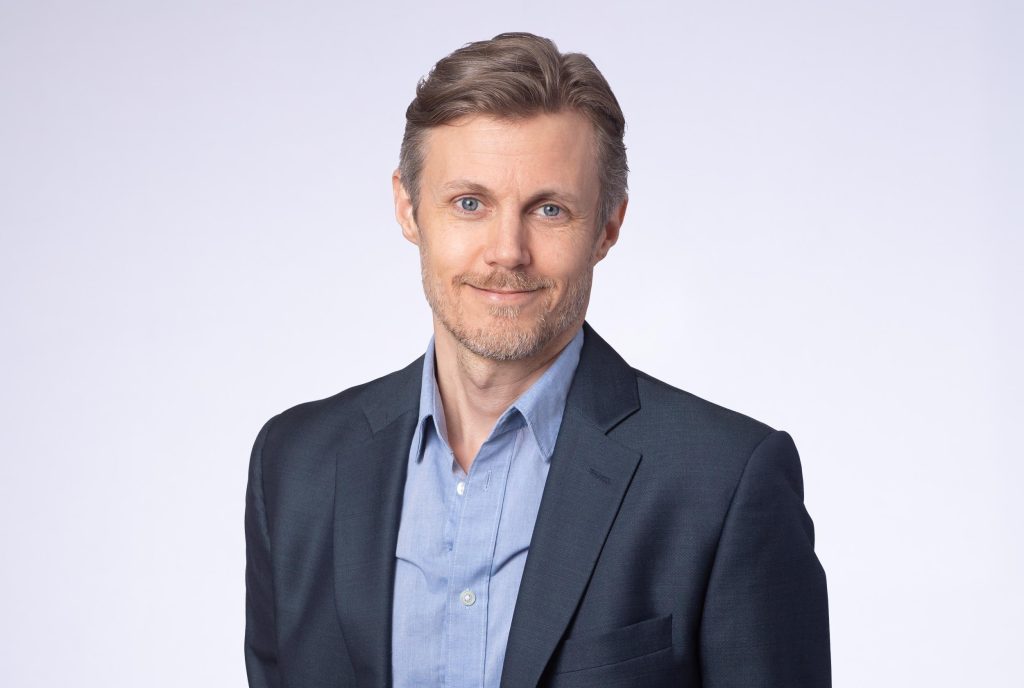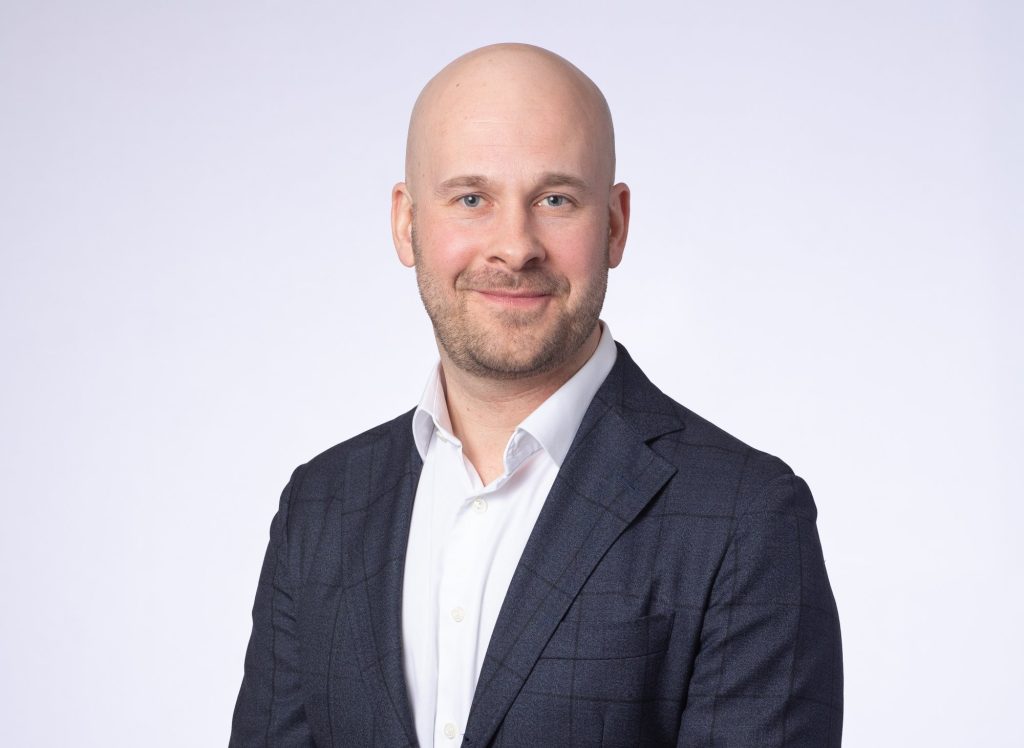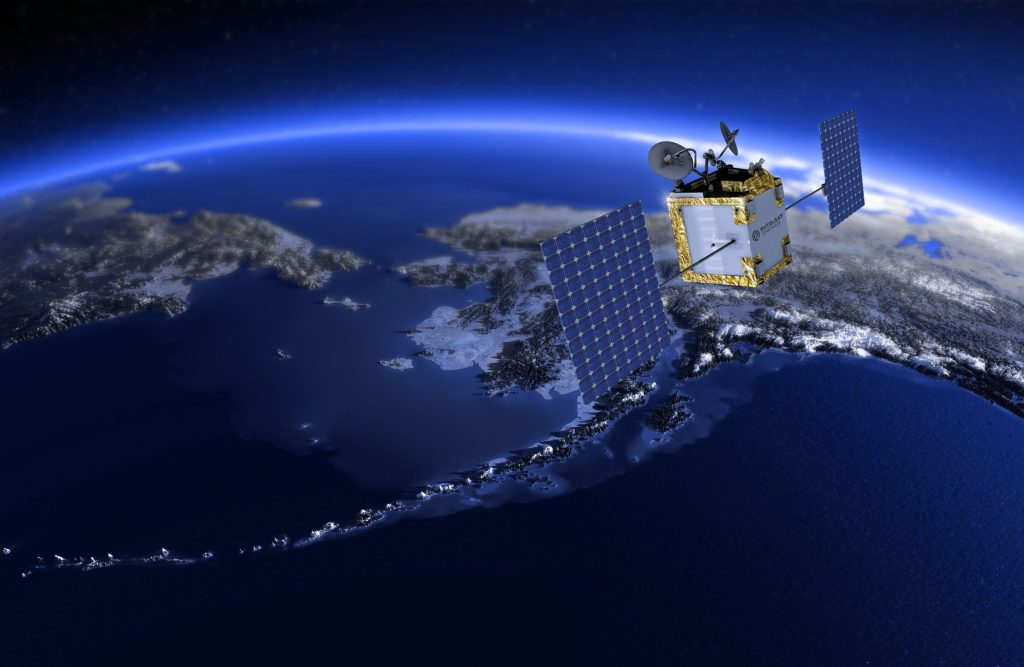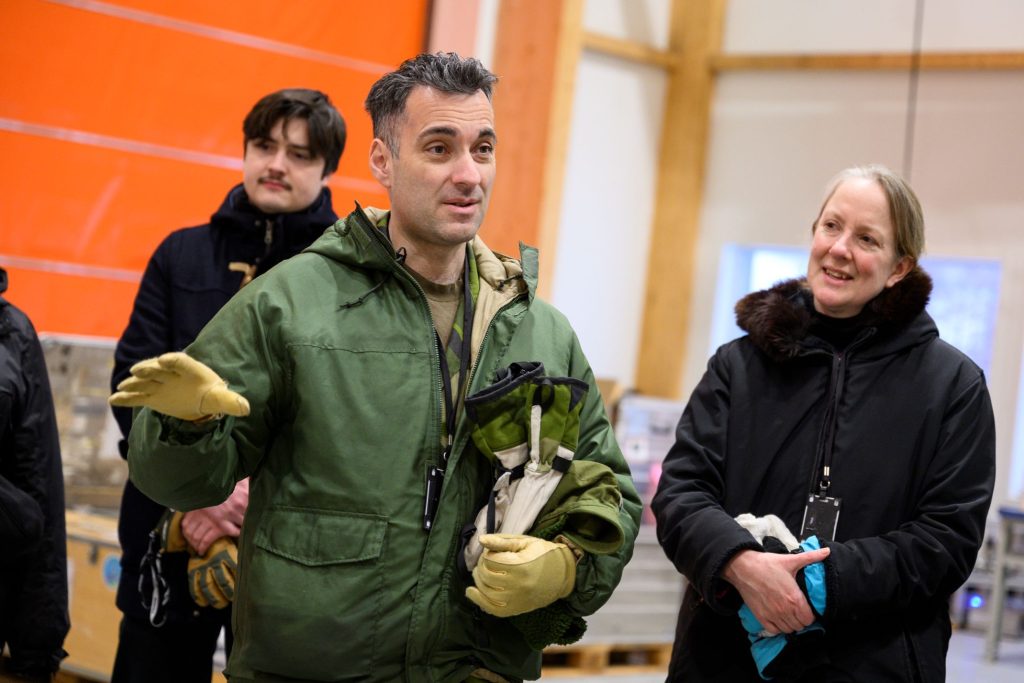Scheduled for launch next week, the preparations for MAPHEUS-15 is underway at Esrange Space Center in northern Sweden. Just one science rocket of many? Not at all. In fact, it marks the 600th rocket launch at Esrange. Perhaps not a giant leap for mankind, but an important one for European space capabilities. And not least, a huge milestone for SSC.
The story of Swedish space activities took a leap with the nation’s first rocket launch from Nausta in the northern of Sweden in 1961. Five years later, in 1966, the first rocket was launched from Esrange. To this day, suborbital science rockets remain a huge portion of the heart and soul of SSC. Meanwhile, only a couple of kilometers away from the current launch site lies EU mainland’s first site for satellite launches.
PART 2: LOOKING AHEAD
Decades of rocket launches from Esrange have created a heritage and know-how that only a few places in the world can brag about. And it has laid the foundation for a future which has made headlines all over the world.
On 13 January 2023, SSC inaugurated EU mainland’s first orbital launch site at Esrange. Before the eyes of the whole world, the ribbon was cut by the Swedish Head of State, King Carl XVI Gustaf, the Swedish Prime Minister, Ulf Kristersson, and the President of the European Commission, Ursula von der Leyen.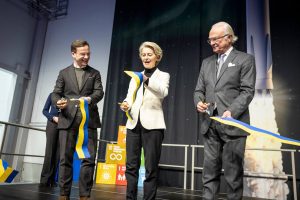
The message from von der Leyen was clear: “This is a big moment for Europe. It is a big moment for Europe’s space industry. The first orbital launch site on European mainland. This spaceport offers an independent European gateway to space. It is exactly the infrastructure we need, not only to continue to innovate but also to further explore the final frontier.”
At that moment began a new era of SSC. In the midst of it stands Ludvig Sjöberg, Chief Engineer of Orbital Launch division at SSC. He can almost touch the reality of EU mainland’s first satellite launch being made from northern Sweden.
“Starting the project, we didn’t even know which rocket model we were building it for. Since then, we have signed partner agreements with two leading orbital rocket companies, Firefly Aerospace from the U.S. and Perigee Aerospace from South Korea. And we have already plenty of satellite owners lined up to buy a flight ticket to orbit,” says Ludvig Sjöberg.
Things have indeed taken off in the last couple of years. But the ambition has pretty much been there since Esrange was established 60 years ago. However, launching satellites into orbit is not the simplest of tasks. Only around ten countries have this capability today, and for most of the project team, just like the rest of Europe, building a spaceport has been a new experience.
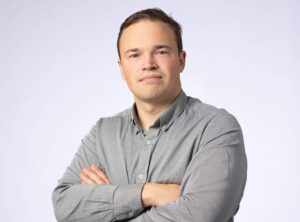
“For us, collaboration is key to success. As one of the first members of the Global Spaceport Alliance, we share experiences with already established spaceports and launch companies around the world. This will guide us in our efforts to add this capability within a year from now,” says Ludvig Sjöberg.
No doubt, the orbital launch facility at Esrange is a much-anticipated asset. The convenience of everyday connectivity as well as important insights about the changes of the Earth, means that more satellites will be needed in the future. Meanwhile, the new launch capability will be of great importance for Europe and the West in the current geopolitical climate.
“There are not many places in the world where you can test reusable rockets and fuels, launch suborbital science rockets and orbital rockets carrying satellites. Not to mention that we have a leading technological university represented only 45 minutes’ drive away from Esrange, meaning that a satellite could potentially be designed, developed and manufactured there, transported next door to IRF for tests, and later to Esrange for integration, launch and operations by us,” says Ludvig.
Scheduled to start serving satellite customers from late 2025, the orbital launch complex at Esrange will be trafficked by Perigee’s BlueWhale-1 and Firefly’s Alpha launchers. Space history is yet to be written in northern Sweden.
“It makes me very proud to have been a part of this project, and I am so very excited to think about everything that is yet to come,” concludes Ludvig.
